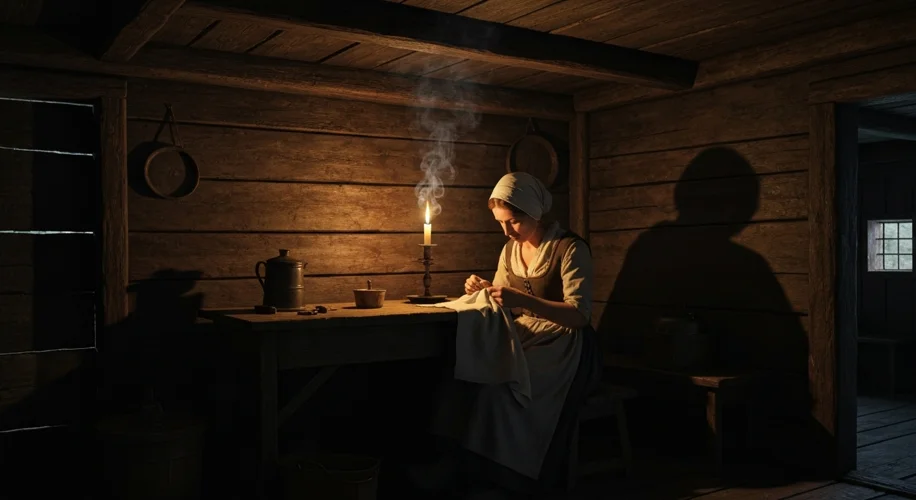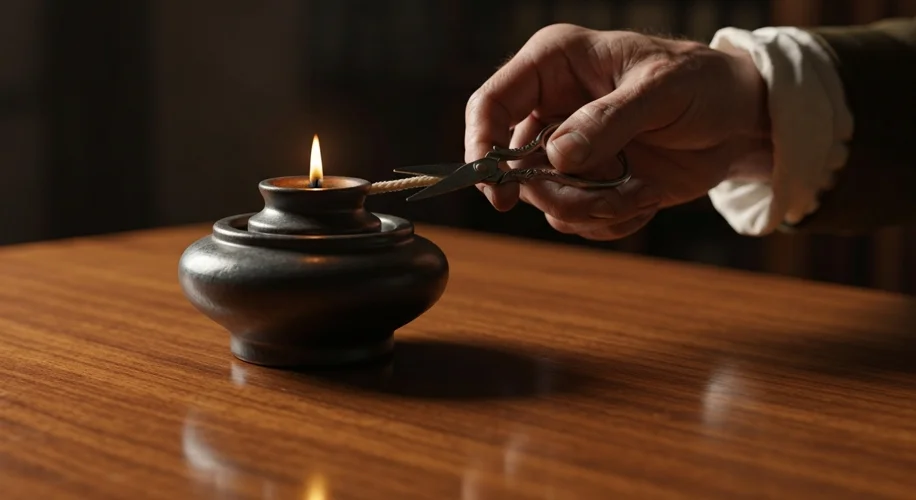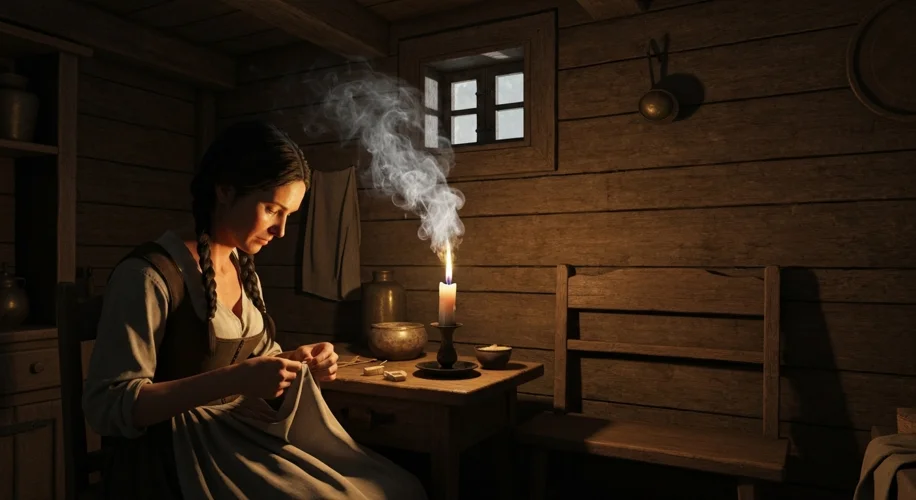Imagine a world where nightfall meant a profound descent into darkness, punctuated only by the flickering, often smoky glow of primitive flames. This was the reality for most ordinary folk in the 18th century. The convenience and ubiquity of electric light were centuries away, leaving households to grapple with the challenge of banishing the night.
Before the dawn of widespread gas lighting or the advent of kerosene, the 1700s relied on a spectrum of illuminating technologies, each with its own strengths and, more often, its significant drawbacks. For the vast majority, the primary source of light was the humble candle.
The Reign of Wax and Tallow:
Candles were the workhorses of 18th-century illumination. They were fashioned from two main materials: tallow, a rendered animal fat, and beeswax. Tallow candles, made from the fat of cattle or sheep, were the more common and affordable option. However, they were far from perfect. The rendering process was often imperfect, leaving impurities that caused the candles to sputter, smoke profusely, and emit a rather unpleasant, greasy odor. The quality of the tallow varied greatly, and a poorly made tallow candle could fill a room with acrid fumes, making prolonged reading or intricate work a suffocating affair.

Beeswax candles, on the other hand, offered a cleaner, brighter, and virtually smokeless burn. They were a luxury, however, affordable only to the affluent. The labor-intensive process of collecting and rendering beeswax meant these candles were significantly more expensive than their tallow counterparts. The wealthy might enjoy the superior light of beeswax in their parlours, while the common folk made do with the less refined, more pungent tallow.
The Era of the Oil Lamp:
While candles were prevalent, oil lamps were also a significant, and in many ways, a more advanced, form of illumination during the 18th century. These lamps typically consisted of a reservoir for oil, a spout to hold the wick, and a wick itself, often made of flax or cotton.
The types of oil used varied. Animal fats, similar to those used for tallow candles, could be rendered and used in lamps. Whale oil, particularly from the spermaceti of sperm whales, became increasingly popular and provided a cleaner, brighter light than tallow. However, whaling was a dangerous and expensive industry, making whale oil lamps a costly investment, often found in the homes of the middle and upper classes.
Vegetable oils, such as olive oil, rapeseed oil, and eventually, in the latter half of the century, a refined form of rape oil known as colza oil, were also used. These were generally less smoky than animal fats but could be more expensive and less readily available depending on the region.
A notable improvement in oil lamp technology was the Argand lamp, invented in the 1780s. This innovative design featured a hollow wick, allowing air to circulate both inside and outside the flame, resulting in a much brighter and more efficient burn. While its widespread adoption would largely occur in the 19th century, its invention signaled a significant leap forward in home lighting.

Challenges and Adaptations:
Regardless of the source, 18th-century lighting presented constant challenges. Wicks needed trimming to prevent excessive smoking and to ensure an even flame. Oil reservoirs had to be refilled, and candles needed constant replacement. The light produced was often insufficient for tasks requiring fine detail, leading to eye strain and a higher risk of accidents.
Safety was also a paramount concern. Open flames in wooden homes were a constant fire hazard. Careless placement of a candle or a knocked-over oil lamp could quickly turn a dwelling into an inferno. This meant that lighting was often used sparingly, with activities that demanded good light reserved for the daylight hours or carefully managed after dark.
Beyond the practicalities, the quality of light profoundly shaped daily life. Evenings were often spent in communal activities close to the light source, such as conversation, storytelling, or simple household chores. Reading, a pastime for the literate few, was a deliberate and often physically demanding endeavor, requiring careful positioning of the light and a willingness to endure dimmer conditions.

The 18th century, therefore, was an era where darkness was a tangible presence, and light was a precious, hard-won commodity. The transition from the sputtering tallow candle to the more refined oil lamp, and the nascent promise of the Argand burner, represented significant, albeit gradual, advancements. These humble illuminations, while primitive by today’s standards, were the essential tools that allowed people to push back against the night, enabling work, social interaction, and the simple act of living beyond the setting of the sun.

